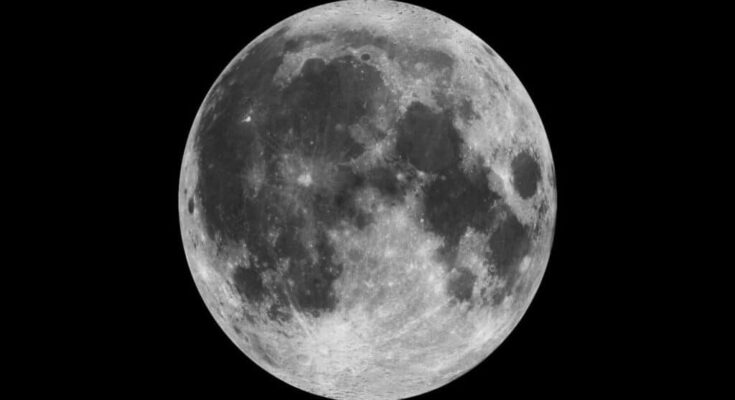
Recent evidence from a Chinese spacecraft suggests volcanoes were active on the moon as recently as 120 million years ago. This discovery challenges earlier beliefs that volcanic activity on the moon ended about two billion years ago.
The new findings were reported in Science after analyzing rock and soil samples brought back by China’s Chang’e 5 spacecraft in 2020. Scientists believe certain parts of the moon’s interior might contain more radioactive materials. This could have led to the production of the heat needed for volcanic eruptions to continue longer than previously thought.
The Chang’e 5 spacecraft landed in an area known as Oceanus Procellarum, which may contain rocks rich in heat-producing elements. Volcanic activity plays an important role in how rocky planets and moons release their heat. These rocky bodies in our solar system include Earth, Venus, Mars, Mercury, Jupiter’s moon Io, and our moon.
Venus is currently volcanically active
Current evidence indicates Venus continues experiencing volcanic activity. On Mars, scientists estimate the age of large lava flows by counting impact craters detected on them.
This method works because craters form randomly and evenly over time. Surfaces with more craters are thought to be older. The findings suggest that Mars, despite being only half the size of Earth, experiences volcanic eruptions every few million years.
Researchers have identified volcanic activity on the Moon that occurred 120 million years ago, the youngest confirmed evidence of lunar volcanism. This discovery was made through the analysis of volcanic glass beads from samples returned by China’s Chang’e-5 mission. The results… pic.twitter.com/roeVslMBdM
— Erika (@ExploreCosmos_) September 5, 2024
This pattern is expected because larger planets retain their heat longer than smaller ones. Based on this, Mercury, which is about one-third the size of Earth, and our moon, about one-quarter the size, likely became volcanically inactive around two billion years ago.
The same would apply to Io, a moon similar in size to our own. However, Io’s volcanic activity is powered by strong tidal forces from its gravitational interactions with Jupiter, providing it with extra heat and making it highly active today.
Lava formed the dark areas on the Moon
Most volcanic eruptions on the moon occurred near the edges of large craters created by asteroid impacts early in its history. Lava flowed into these depressions, forming the dark patches we see on the moon’s near side. These areas, called maria (meaning seas in Latin), were once thought to be bodies of water by early astronomers due to their flat, smooth appearance.
Samples collected from these maria by six Apollo missions and three Soviet robotic probes showed that the moon had not experienced recent volcanic activity. This supported the long-held belief that volcanic activity on the moon ended billions of years ago.
This view remained unchanged until 2009, when the US Lunar Reconnaissance Orbiter provided high-resolution images of the moon’s surface.



